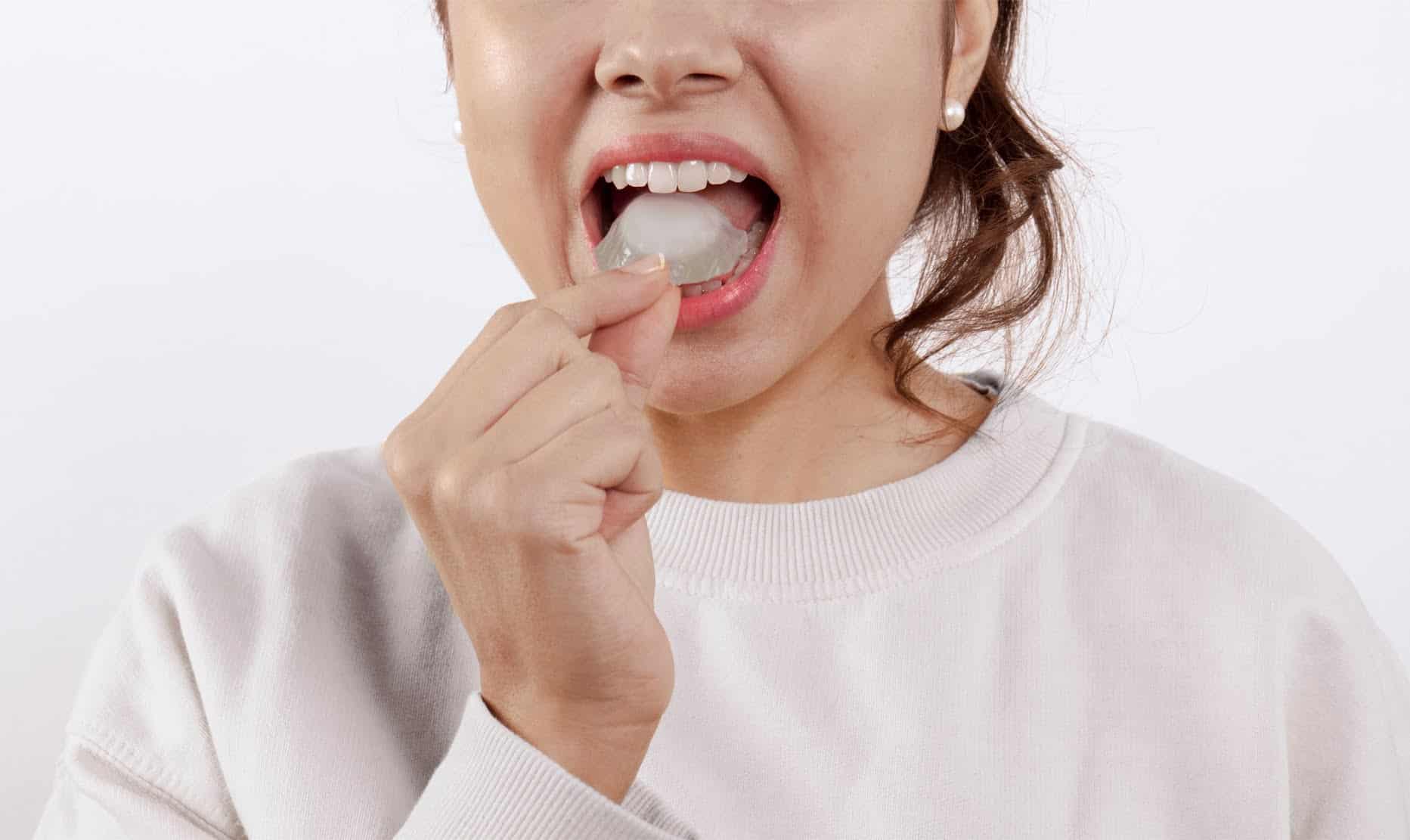Stealth is put in the mouth and instead of passwords it is based on the "folds" of the palate, which differ from individual to individual.
A team of design graduates from the Royal College of Art and Imperial College London have developed the design for a wearable device capable of providing surveillance-proof authentication using oral biometrics.

The device, called Stealth, was developed with the goal of making it more difficult for hackers to replicate biometric data such as fingerprints or facial recognition, or vulnerable systems such as manual passwords.
The password “machine”.
Stealth, as mentioned, identifies the individual through the unique ridges present on the palate. Oral biometrics are used both to access devices and receive notifications.
To unlock particular devices, a sensory code will be sent and users must perform a certain tongue gesture, such as pressing under the palate or swiping with the tongue.

Not just biometrics. “Tasty” functions
When connected to a device such as a smartphone, the gadget can send digitally simulated flavors to communicate incoming calls or messages. This reminds me of another very recent project, which also led to a working prototype: it is the flavor synthesizer invented by a Japanese researcher.
A sweet taste could be used to represent a partner, for example, and the wearer could tap their tongue at a certain spot on the palate three times to indicate that they will call back soon if they are unable to respond.
For designers, the most exciting element, however, is its potential to combine different data collection methods in the mouth. Oral biometrics, temperature, humidity and pressure are treated and entrusted to an algorithm based on artificial intelligence.
Oral biometrics and health monitoring
A device like Stealth can go beyond the mere use of oral biometrics to access a device and talk to it. The data collected by this palatable device can be many and very useful.

“Saliva data is a mirror of physical and mental health,” they say Beren Kayali, Lu Ye, Paul Mendieta e Lea Marolt Sonnenschein, the authors of the research project.
Wearing this "machine" will also allow us to keep important values under control to monitor our psychophysical state.
While it is optimistic that saliva sensors will be ready within years, we believe there must be the right means to exploit them in the right way.


